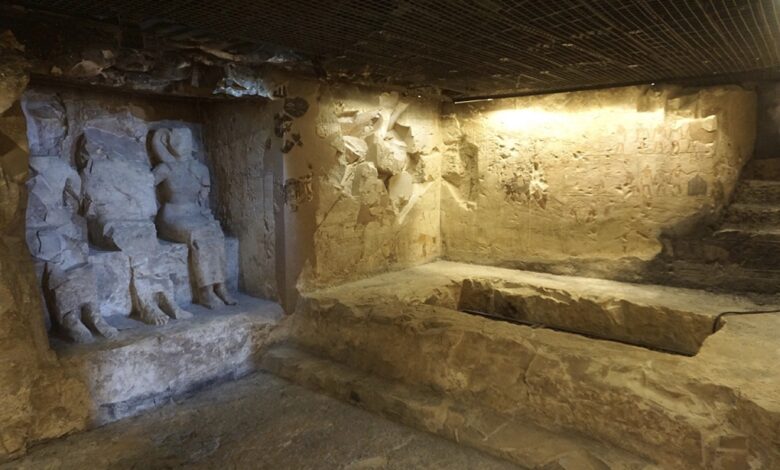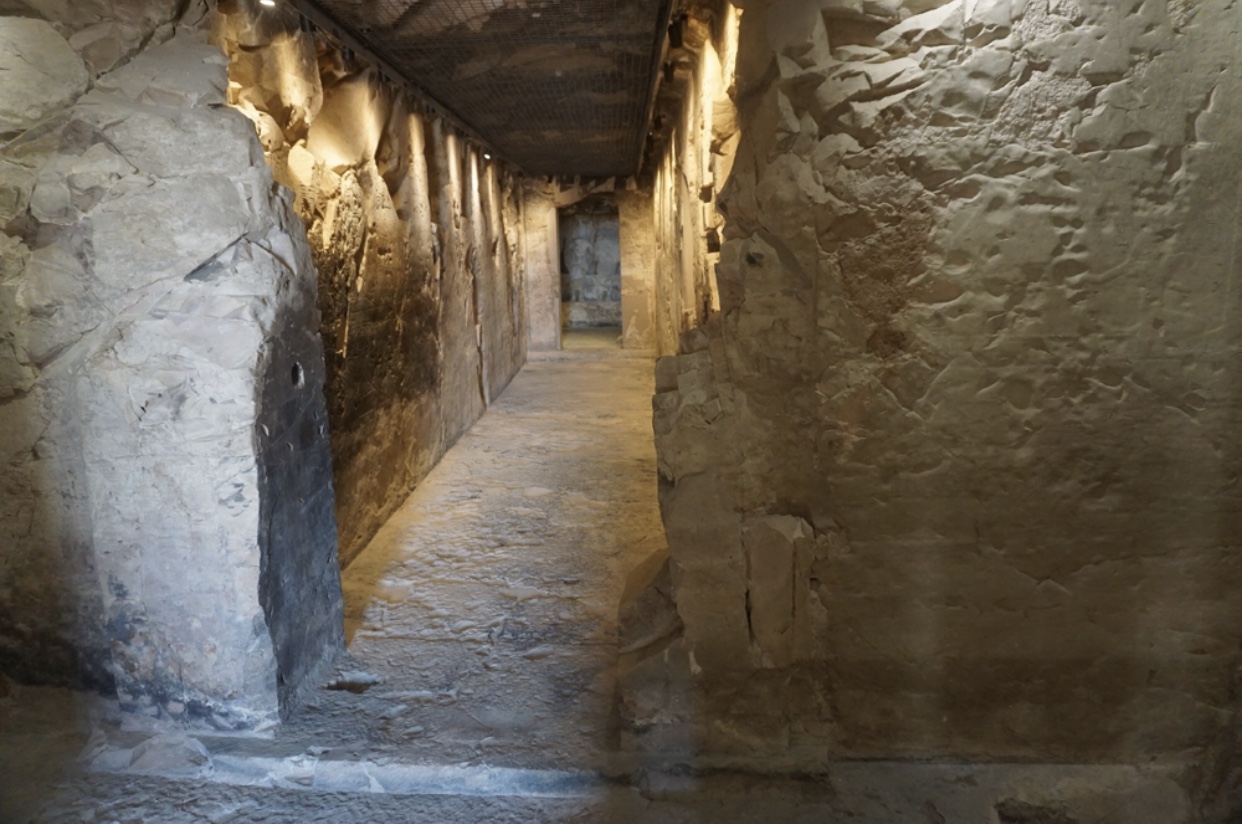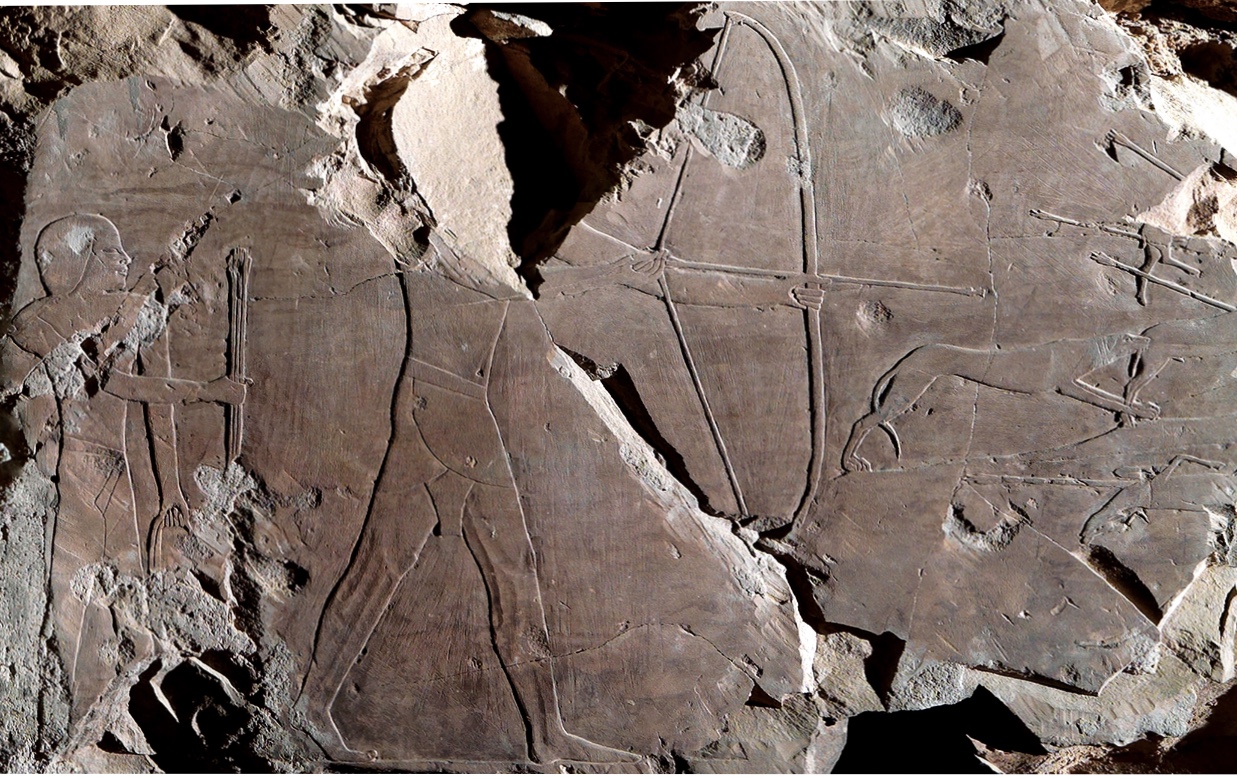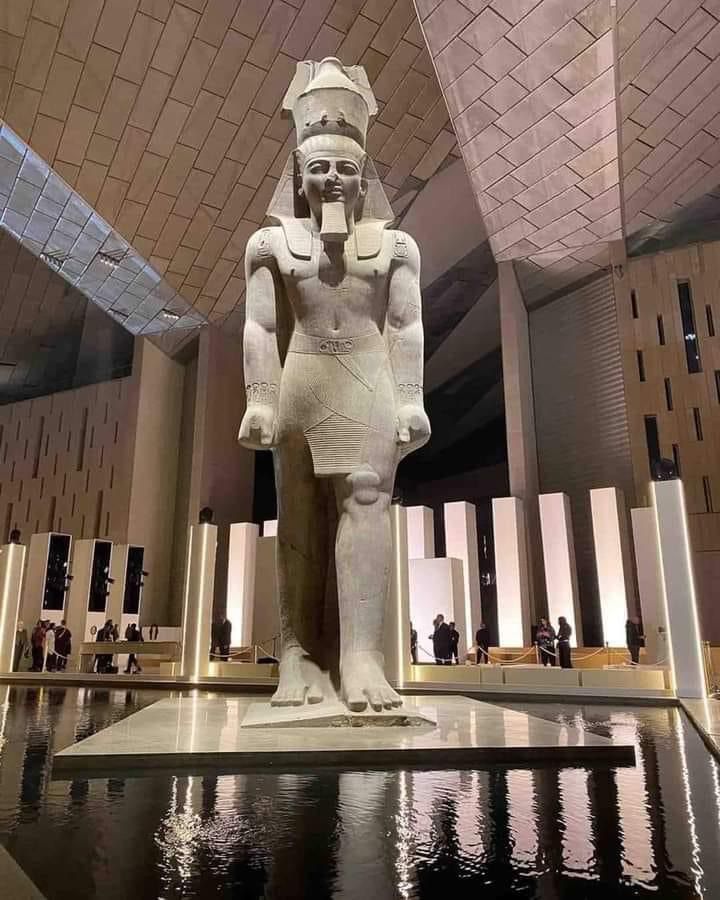
The tombs of Djehuty and Hery have been inaugurated on Thursday following the completion of restoration work.

The inauguration was conducted by the Secretary General of the Supreme Council of Antiquities in Egypt Mostafa Waziri, Ambassador of Span to Egypt Alvaro Iranzo, and the President of the Spanish National Research Council (CSIC), Eloísa del Pino.
Waziri explained that the two tombs were discovered through the joint Egyptian-Spanish archaeological mission from the Supreme Council of Antiquities and CSIC, working since 2002.
He said that the mission carried out excavation and restoration work and published research related to the tombs, which are located in the Dra Abu al-Naga area on the west bank of Luxor.
They succeeded in uncovering many tombs, coffins, mummies and a funerary garden.

Important tombs from an important era
Wazir explained that these two tombs belong to prominent people, who lived during the beginning of the 18th dynasty of the New Kingdom – one of the most important eras of ancient Egypt.

He said that the layout of the tombs are T-shaped, a style commonly used in tombs from the 18th dynasty. These consistent of an entrance, a column hall leading to a burial shaft, and walls featuring distinct inscriptions.
Waziri added that Djehuty was supervisor of the state treasury and overviewed works of craftsmen and artists during the reign of Queen Hatshepsut.
Djehuty was also responsible for recording Hatshepsut’s journey to Puntland, and providing electrum (a mixture of gold and silver) for covering the top of the obelisks that she placed in the Karnak temples.

In addition, he was in charge of the process of moving the obelisks.
The room that precedes the Djehuty’s burial chamber features inscriptions engraved with 43 chapters of the Book of the Dead, the first time that the chapters of the book were written on the walls of tombs before being written on linen and papyrus.
Hery, held the position of superintendent of the royal stores of the sacred royal wife and mother, Ahhotep.





